Caraway is a very aromatic and flavorful herb, where the most used part of the herb are the seeds. Caraway seeds are mostly used in soups and stews to impart a strong, aromatic flavor, but all parts of the plant can be used in cooking. Today we'll show you how to grow caraway seeds, but you'll need to have some patience! During its first year, the caraway plant only grows as a vegetable, and you'll need to wait for the second year until it grows its seeds.
How to Grow Caraway Seeds in Pots or in Your Garden

The caraway plant, as mentioned above, will only give seeds in its second year. The first year, the plant will grow to about 8 inches tall, and will look a lot like a carrot. In its second year, caraway will grow to 30 inches in height with feathery foliage and a long taproot. Little tiny white flowers will appear on the plant sometime in May and will last all through the summer. Once those tiny white flowers are spent, they'll yield the much coveted seeds that you'll be after.
Planting Caraway:
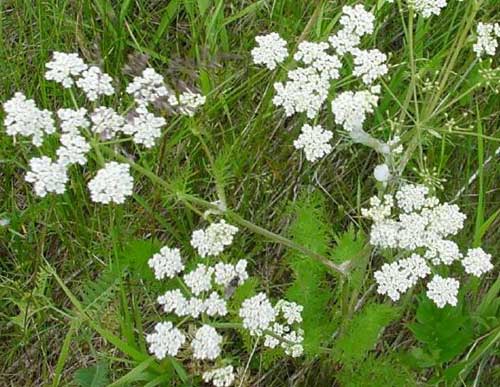
- If you live in a hot, tropical, or humid climate, your caraway plant will not grow successfully. Caraway plants like cool seasons.
- Choose well draining soil with a pH of 6.5-7.
- Place your caraway pot or area in a sunny location where your plant will receive full sun.
- Sow the seeds 1/2 inch deep in the spring or fall.
- Once seed has germinated, thin the plant to 8-12 inches apart.
- In colder climates, mulch heavily to protect the plant in the winter time.
- Keep the soil moist during its growth, especially in the spring and summer.
- Cut the plant back in the fall (if planted in spring). It will grow back again next spring.
Harvesting Caraway:
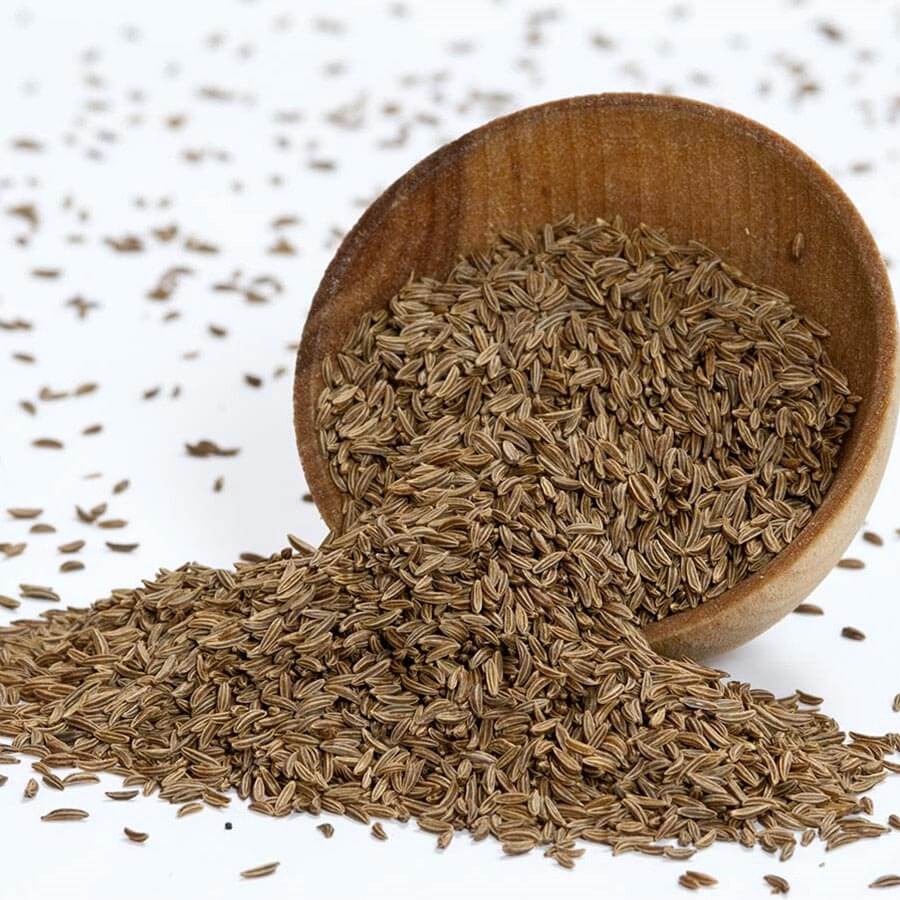
- You can harvest the leaves in the first and second year as they add a great flavor to salads.
- Once seeds have produced, you can dig up the taproot and use it as you would any other root vegetable in soups and stews.
- The seeds can be harvested when they turn a deep rich brown color. Let the seeds dry in an open bag for a few days.
Happy Planting!


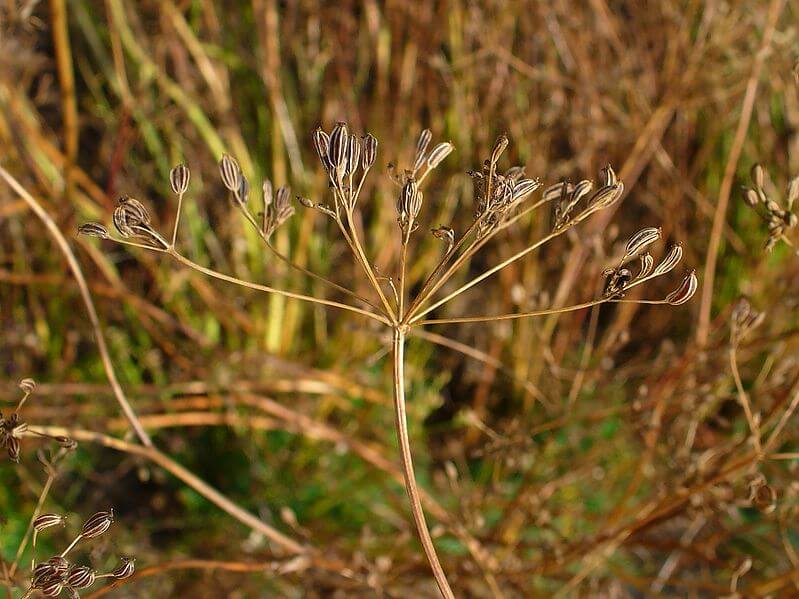
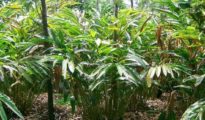
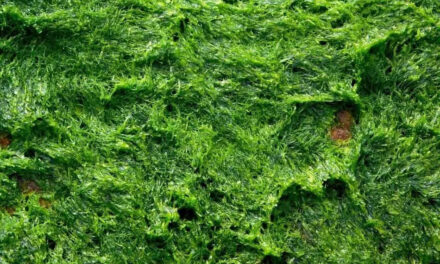
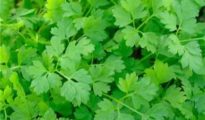
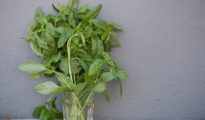














Does the plant need to be replaced after it has produced seeds?